

Overview of Fitzroy and Capricornia
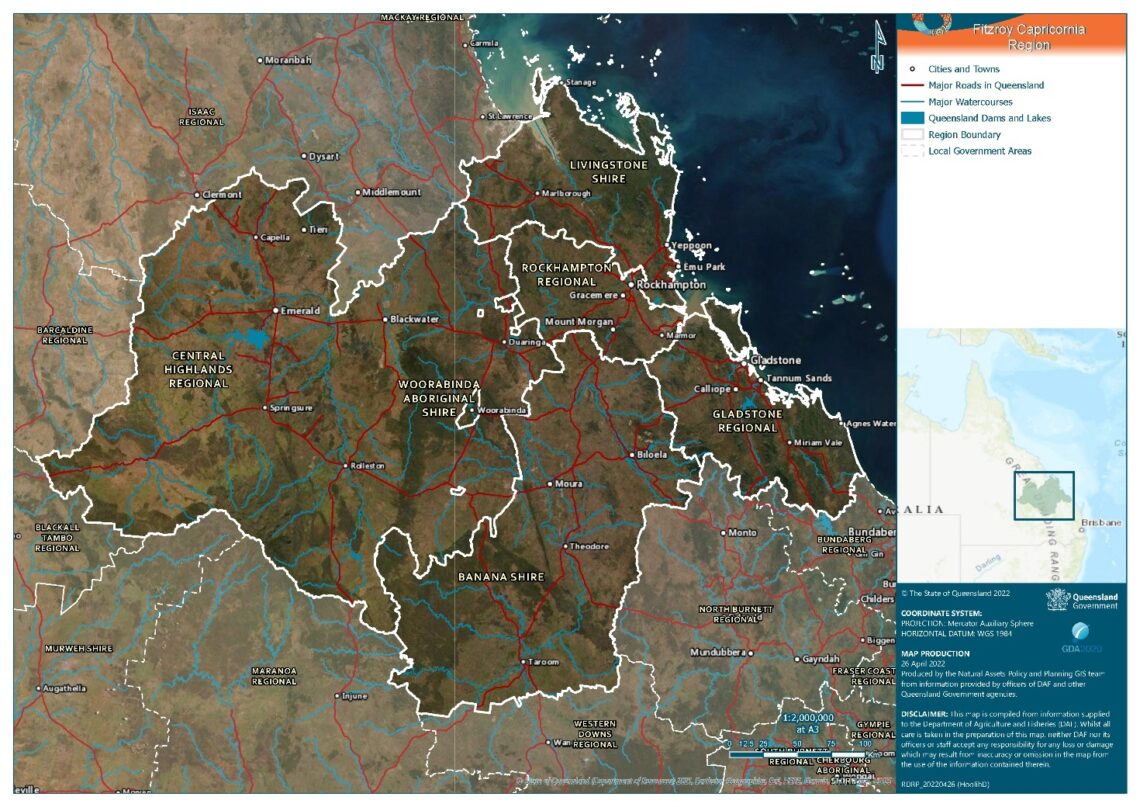
Figure 6: Map of the Fitzroy and Capricornia region. Source: Queensland Department of Agriculture and Fisheries.
The Fitzroy and Capricornia Region is located in central Queensland, surrounded by Mackay Isaac Whitsunday region to the north, the Darling Downs-Maranoa and Wide Bay in the south, the Queensland Outback in the west and Pacific Ocean in the east.
The Fitzroy and Capricornia region comprises the six local government areas of Banana (S), Central Highlands (R), Gladstone (R), Livingstone (S), Rockhampton (R) and Woorabinda (S).
Extreme weather events such as major and minor floods, storm surges, tropical lows, cyclones, bushfire and heatwaves and drought occur frequently in this region (BoM, 2018).
The annual population growth rate has been 0.1% in the last five years (2015–2020). The population is concentrated in the major centres of Rockhampton, Gladstone, Yeppoon, Emerald and Biloela.
Past impacts of drought in this region
Past impacts | People, culture and community
EXTRACTS FROM THE FULL RDRP PLAN

Yeppoon Disaster Centre. Source: McAlister & Burford.
- Increased workload and stress, which create health and family problems.
- Increase in mental health problems, such as post-traumatic stress and suicidal behaviour
- Higher demand on a variety of social and human services.
- Impacts on children’s education as the parents could not afford the boarding school fees.
- Decrease in recreational opportunities as parks and rivers are affected due to drought.
Past impacts | Economy
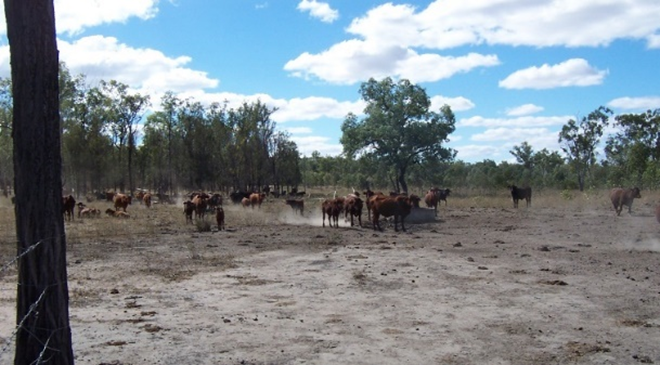
Feeding cattle in drought. Source: J. Rolfe.
- Drought affects agriculture, including irrigation, cropping and grazing sectors.
- Reduced business and personal spending.
- Increased costs, particularly feedstock for animals.
- Increased workloads particularly, for animal husbandry.
- Severe economic impact on the regional economy and gross domestic product.
- Effect on the livelihoods of the local population.
- Declining productivity in the major support industries, often felt for many years.
Past impacts | Landscape and natural environment
EXTRACTS FROM THE FULL RDRP PLAN

- Drought conditions impact the normal growth of plants.
- Loss in ground cover exposing soil increasing vulnerability to erosion, structure decline and loss of nutrients.
- Lower water levels in reservoirs and waterholes, as well as reduced streamflow in rivers and creeks.
- Reduction of some wetlands, groundwater depletion, drying of catchments and impact on water quality.
- Lack of drinking water for livestock and wildlife.
- Increased incidence of bushfires and wildfires.
Past impacts | Infrastructure and built environment
EXTRACTS FROM THE FULL RDRP PLAN
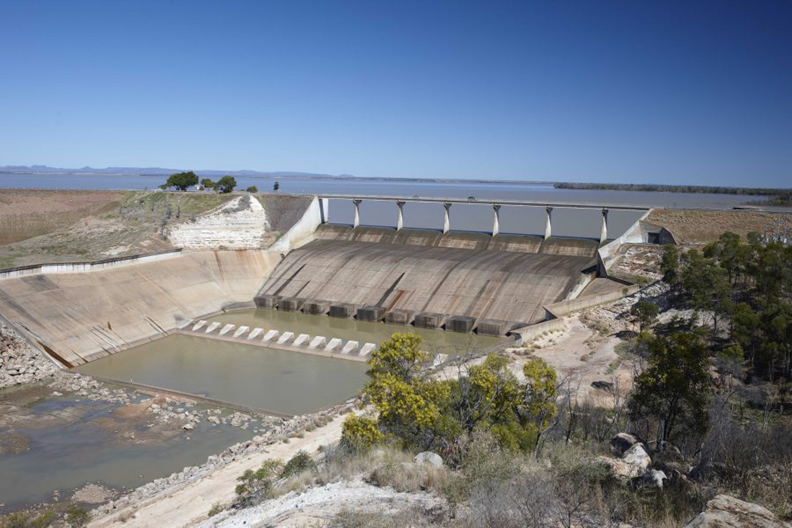
Fairbairn Dam. Source: Sunwater.
- Lack of water supply for many small communities
- Increased risks of impacts on industry relying on water as a key input
- Significant stress on water network assets.
- Increased water pollution due to a drop in water flows
- Impact on urban water supply.
- Recycled water may be necessary to maintain service, which leads to higher costs.
- Higher maintenance and repair costs for water treatment systems due to lower quality inputs.
- Increased maintenance for parks and gardens.
Past impacts | People, culture and community
EXTRACTS FROM THE FULL RDRP PLAN

Yeppoon Disaster Centre. Source: McAlister & Burford.
- Increased workload and stress, which create health and family problems.
- Increase in mental health problems, such as post-traumatic stress and suicidal behaviour
- Higher demand on a variety of social and human services.
- Impacts on children’s education as the parents could not afford the boarding school fees.
- Decrease in recreational opportunities as parks and rivers are affected due to drought.
Past impacts | Economy

Feeding cattle in drought. Source: J. Rolfe.
- Drought affects agriculture, including irrigation, cropping and grazing sectors.
- Reduced business and personal spending.
- Increased costs, particularly feedstock for animals.
- Increased workloads particularly, for animal husbandry.
- Severe economic impact on the regional economy and gross domestic product.
- Effect on the livelihoods of the local population.
- Declining productivity in the major support industries, often felt for many years.
Past impacts | Landscape and natural environment
EXTRACTS FROM THE FULL RDRP PLAN

- Drought conditions impact the normal growth of plants.
- Loss in ground cover exposing soil increasing vulnerability to erosion, structure decline and loss of nutrients.
- Lower water levels in reservoirs and waterholes, as well as reduced streamflow in rivers and creeks.
- Reduction of some wetlands, groundwater depletion, drying of catchments and impact on water quality.
- Lack of drinking water for livestock and wildlife.
- Increased incidence of bushfires and wildfires.
Past impacts | Infrastructure and built environment
EXTRACTS FROM THE FULL RDRP PLAN

Fairbairn Dam. Source: Sunwater.
- Lack of water supply for many small communities
- Increased risks of impacts on industry relying on water as a key input
- Significant stress on water network assets.
- Increased water pollution due to a drop in water flows
- Impact on urban water supply.
- Recycled water may be necessary to maintain service, which leads to higher costs.
- Higher maintenance and repair costs for water treatment systems due to lower quality inputs.
- Increased maintenance for parks and gardens.
Likely future impacts of drought in this region
Future impacts | People, culture and community

Drought brings together various stresses including financial, resourcing, staffing, and growing levels of uncertainty for the future. For many, drought increases work commitments and there is no time for relaxation and de-stressing. The critical decline in numerous services in the more remote and rural areas add to the anxiety of various stakeholders.
Future impacts | Economy
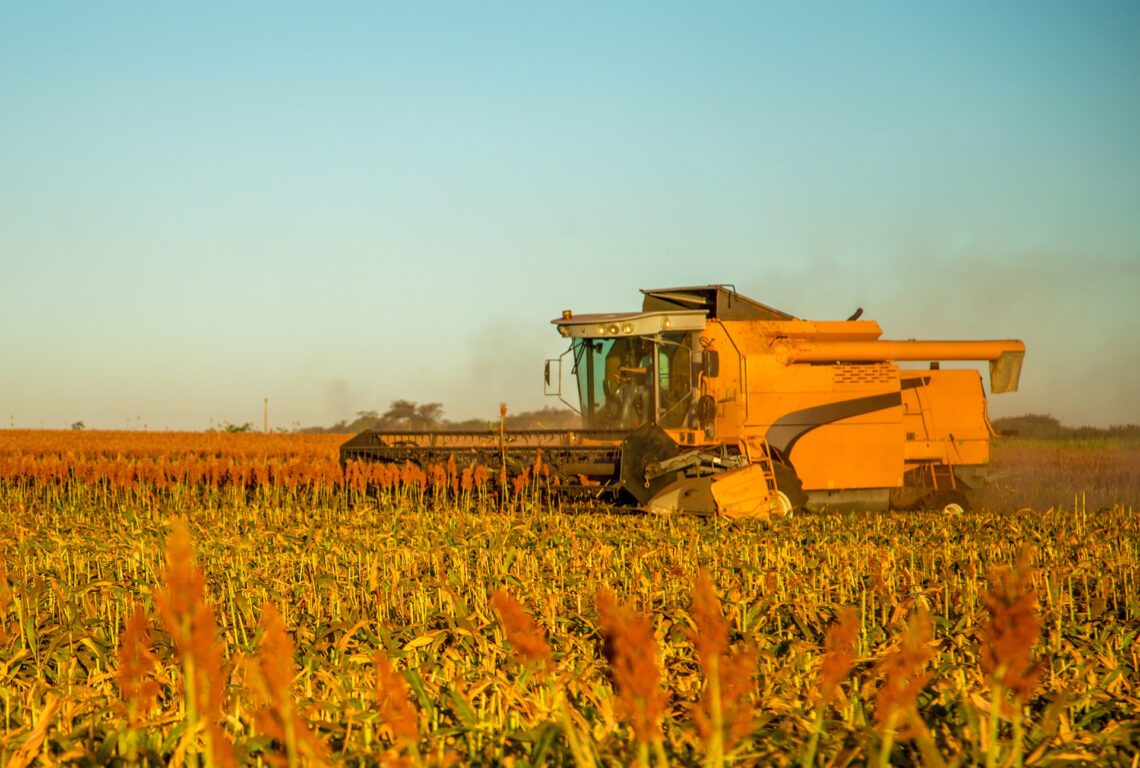
One of the main drivers to the depressed situation with people, culture and community during drought is the decline in incomes and finance for growers, producers and their supporting communities. Loss of income on farm sees the transfer of consequences to small town and communities.
Lack of disposable incomes and pressures on access to finance affects those willing to venture into alternative livelihood opportunities that may increase their resilience to drought. Many alternative income developments are reliant on water and staffing as chief ingredients to the economic opportunity. With agritourism, as an example, poor availability of staffing alone makes many ventures cost prohibitive.
Future impacts | Landscape and natural environment

A common theme from producers and small business in remote towns was the trends to an overall drying out of catchments and lower condition of the different biomes.
With the drying out of catchments whether from land management, climate change or prolonged drought, the cumulative impact is diminished resilience to drought and increased risks. Bushfires are now experienced in areas that were previously moist forests.
Future impacts | Infrastructure and built environment
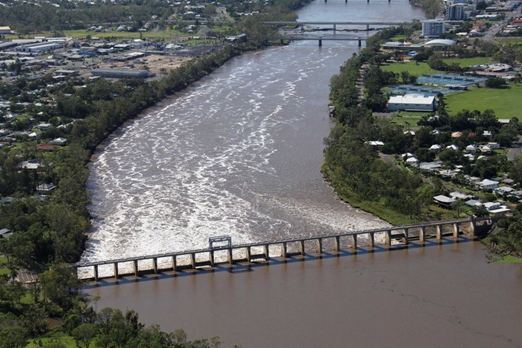
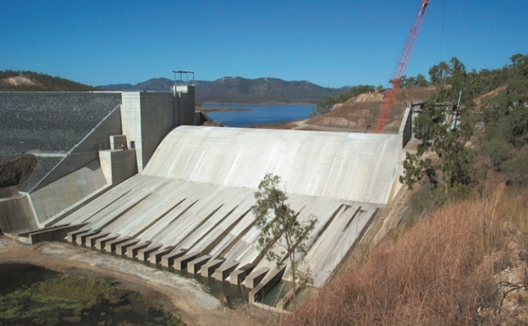
Droughts reduce the reliability of supplies in major water storages, and in severe cases water is restricted to key industries.
With reduced incomes and inability to secure finance during drought, farmers and producers reduce their investment in farm technology, repairs and maintenance, as well as usual and planned land management changes.
The stresses flow on to towns and essential small service businesses.
Future impacts | People, culture and community

Drought brings together various stresses including financial, resourcing, staffing, and growing levels of uncertainty for the future. For many, drought increases work commitments and there is no time for relaxation and de-stressing. The critical decline in numerous services in the more remote and rural areas add to the anxiety of various stakeholders.
Future impacts | Economy

One of the main drivers to the depressed situation with people, culture and community during drought is the decline in incomes and finance for growers, producers and their supporting communities. Loss of income on farm sees the transfer of consequences to small town and communities.
Lack of disposable incomes and pressures on access to finance affects those willing to venture into alternative livelihood opportunities that may increase their resilience to drought. Many alternative income developments are reliant on water and staffing as chief ingredients to the economic opportunity. With agritourism, as an example, poor availability of staffing alone makes many ventures cost prohibitive.
Future impacts | Landscape and natural environment

A common theme from producers and small business in remote towns was the trends to an overall drying out of catchments and lower condition of the different biomes.
With the drying out of catchments whether from land management, climate change or prolonged drought, the cumulative impact is diminished resilience to drought and increased risks. Bushfires are now experienced in areas that were previously moist forests.
Future impacts | Infrastructure and built environment


Droughts reduce the reliability of supplies in major water storages, and in severe cases water is restricted to key industries.
With reduced incomes and inability to secure finance during drought, farmers and producers reduce their investment in farm technology, repairs and maintenance, as well as usual and planned land management changes.
The stresses flow on to towns and essential small service businesses.
Regional strategy
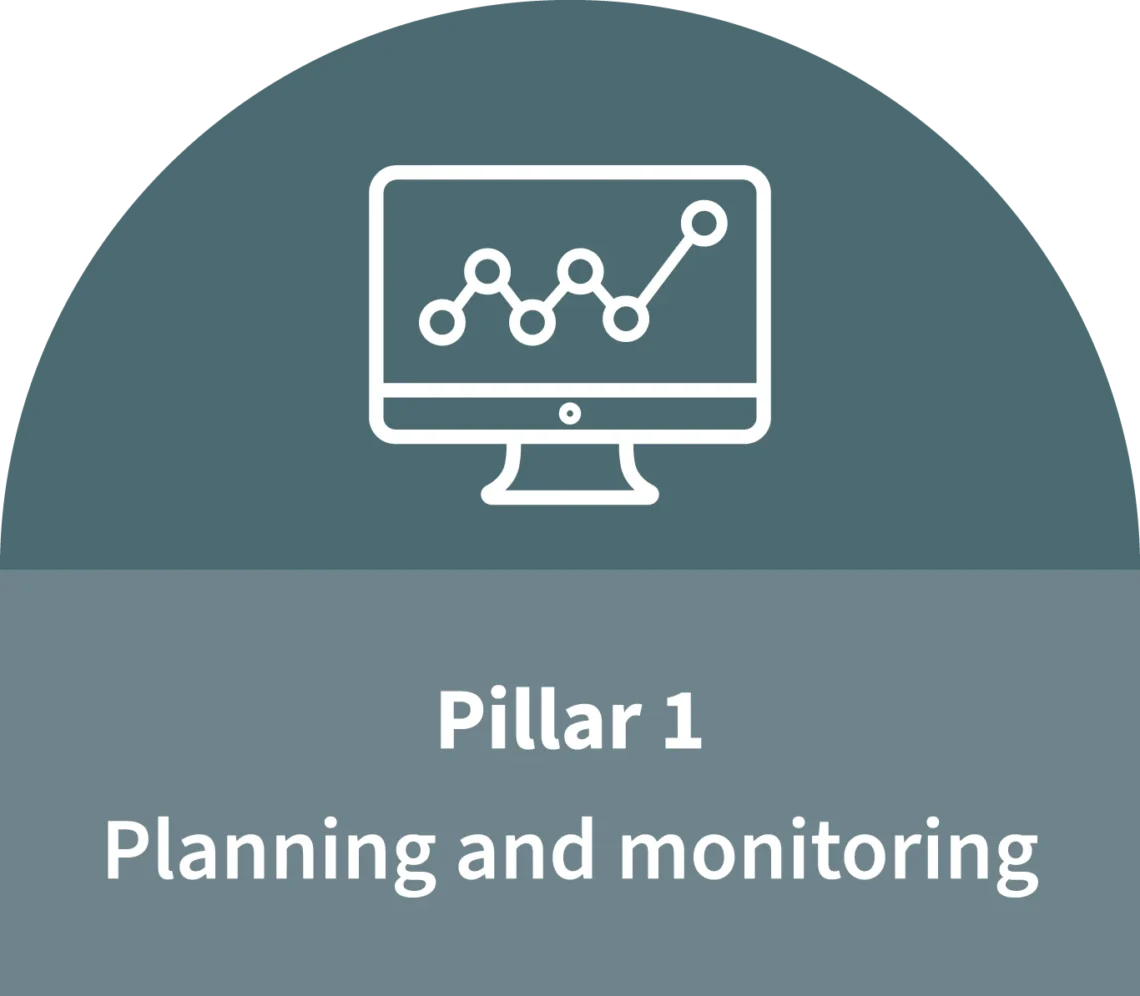
Create a shared understanding within the region of priorities, actions and responsibilities, which are a basis for future government funding.
Reduce impacts of drought on people (including in agriculture) rather than focus on supporting agribusinesses.
Improve planning and coordination for services from regional agencies in droughts.
Develop processes at regional level for State-Federal resources to match the implementation of the regional plan and local actions.
Identify complex linkages and outcomes of multiple pressures of droughts, both in agricultural systems and in communities where there are varying impacts on people.
Improve mapping and forecasting of droughts at finer scales to improve knowledge flows into businesses and service providers.
Improve take up and use of drought and weather forecasting data.
Coordinate forecasting about changing intensity and frequency of droughts in future
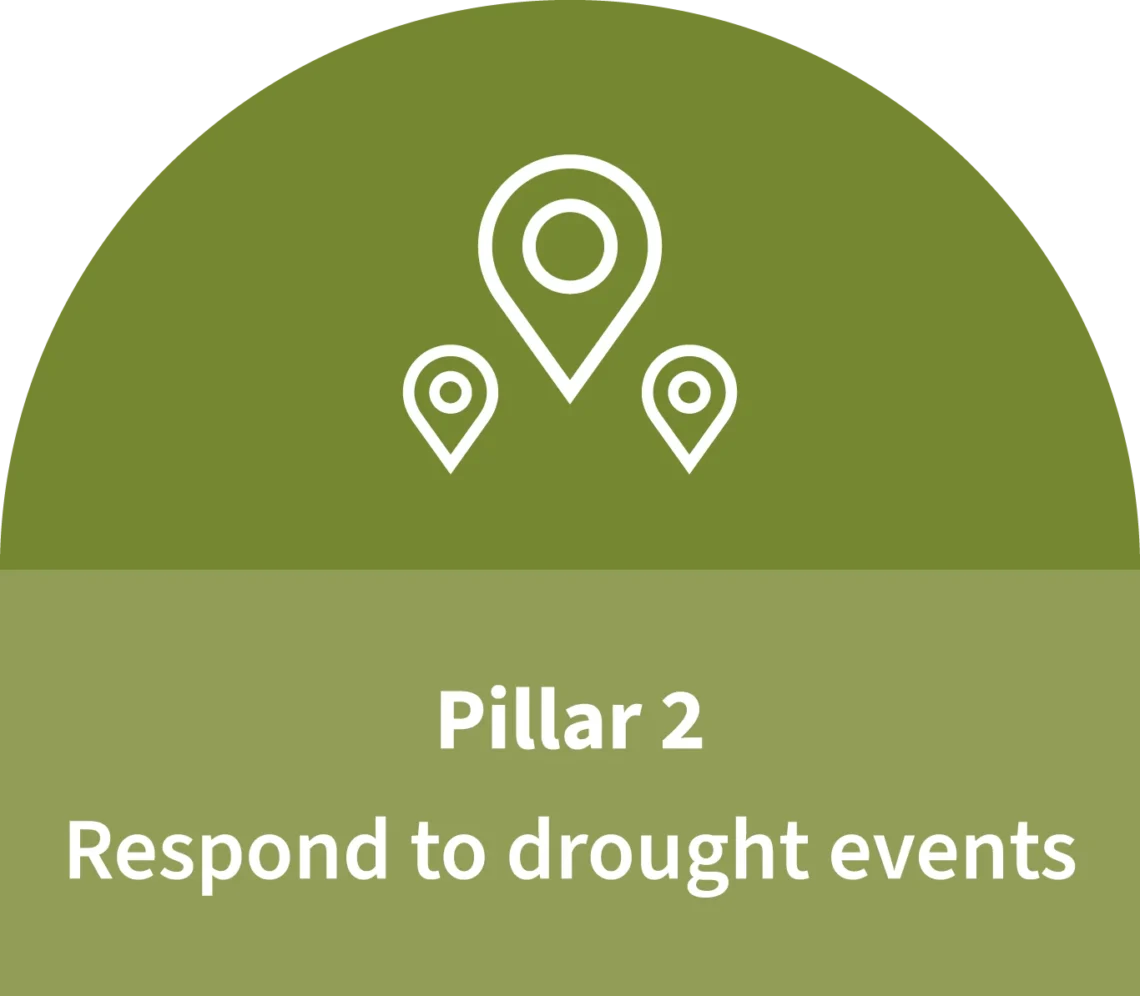
Help people from all sectors to cope with the impacts during a drought, including agriculture. Identify trigger points where help needs to be ramped up and coordinated.
Focus support programs on agricultural managers with better management practices to better incentivise resilience or trigger management changes towards resilience.
Change drought categorisation to four levels of intensity and scale level of support to each intensity level.
Make allowances for younger and new producers who may not have had the time to become financially stable or build knowledge to institute resilient management practices.
Identify how health, community, education and other services can be efficiently delivered during drought times.
Find better ways of targeting and integrating support from NGOs, NFPs and assistance organisations during droughts.
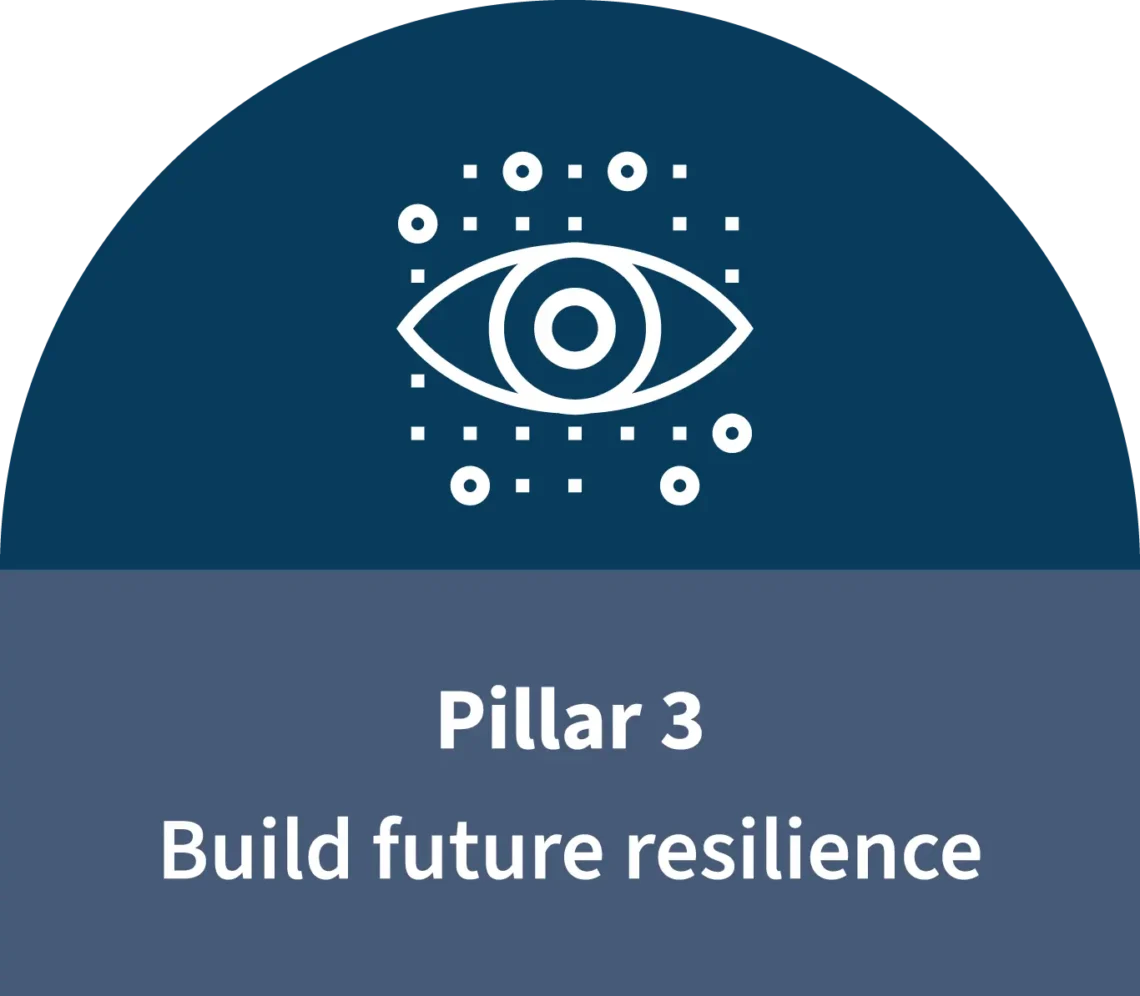
Encourage agricultural enterprises to plan ahead and develop systems and skills to become more self-reliant during drought.
Develop systems that provide services and make communities more self-reliant ahead of drought.
Identify the likely impacts of drought on rural and regional economies and identify strategies to ameliorate effects.
Provide supplies and improve water security for industry. Identify and plan for necessary public infrastructure (e.g. communications, transport, urban water systems).
Review and plan for opportunities to improve water supplies in agriculture through a mix of improved efficiencies, changed system management and priorities, on-farm waters and new water infrastructure.
Improve planning and water supplies for smaller townships that experience water stress in droughts.
Develop better understanding of natural and agricultural systems to underpin planning for resilience, particularly as risks of climate change intensify.
Map the complexity of impacts of drought on people and their needs to identify likely requirements over time.

Create a shared understanding within the region of priorities, actions and responsibilities, which are a basis for future government funding.
Reduce impacts of drought on people (including in agriculture) rather than focus on supporting agribusinesses.
Improve planning and coordination for services from regional agencies in droughts.
Develop processes at regional level for State-Federal resources to match the implementation of the regional plan and local actions.
Identify complex linkages and outcomes of multiple pressures of droughts, both in agricultural systems and in communities where there are varying impacts on people.
Improve mapping and forecasting of droughts at finer scales to improve knowledge flows into businesses and service providers.
Improve take up and use of drought and weather forecasting data.
Coordinate forecasting about changing intensity and frequency of droughts in future

Help people from all sectors to cope with the impacts during a drought, including agriculture. Identify trigger points where help needs to be ramped up and coordinated.
Focus support programs on agricultural managers with better management practices to better incentivise resilience or trigger management changes towards resilience.
Change drought categorisation to four levels of intensity and scale level of support to each intensity level.
Make allowances for younger and new producers who may not have had the time to become financially stable or build knowledge to institute resilient management practices.
Identify how health, community, education and other services can be efficiently delivered during drought times.
Find better ways of targeting and integrating support from NGOs, NFPs and assistance organisations during droughts.

Encourage agricultural enterprises to plan ahead and develop systems and skills to become more self-reliant during drought.
Develop systems that provide services and make communities more self-reliant ahead of drought.
Identify the likely impacts of drought on rural and regional economies and identify strategies to ameliorate effects.
Provide supplies and improve water security for industry. Identify and plan for necessary public infrastructure (e.g. communications, transport, urban water systems).
Review and plan for opportunities to improve water supplies in agriculture through a mix of improved efficiencies, changed system management and priorities, on-farm waters and new water infrastructure.
Improve planning and water supplies for smaller townships that experience water stress in droughts.
Develop better understanding of natural and agricultural systems to underpin planning for resilience, particularly as risks of climate change intensify.
Map the complexity of impacts of drought on people and their needs to identify likely requirements over time.